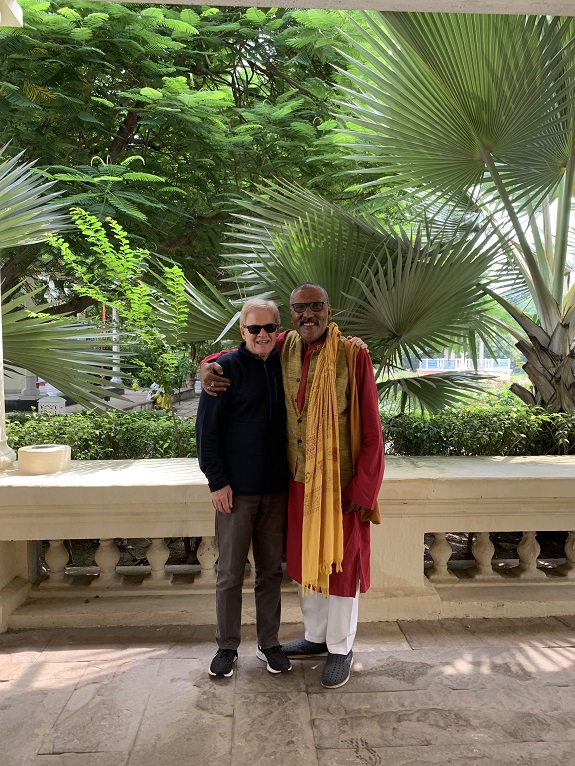
Overview & History
Despite experiencing some of the most putrid and indescribable odors we have ever experienced anywhere in the world, we believe a visit to spellbinding and colorful Varanasi is a must-do when traveling to India. We agree with Lonely Planet’s overview when they say that Varanasi “takes no prisoners”! Interestingly, Varanasi is considered the oldest continuously inhabited city in the world, with Arayan settlements dating back to before 2,000 BC, though, according to Hindu Mythology, the city was founded by Shiva! Varanasi operated as a staple of Aryan religion and philosophy, as well as a commercial and industrial center specializing in muslin and silk fabrics, perfumes, ivory works, and sculpture. It is also believed that Buddha founded Buddhism here around 528 BC, after giving his first sermon, “The Setting in Motion of the Wheel of Dharma”, at Sarnath. It is easy to see why Varanasi is such a major religious hub in India, the holiest of the seven sacred cities in Hinduism and Jainism, and considered immensely important to the development of Buddhism and Ravidassia. Think of Varanasi as comparable to Rome or Jerusalem in the world of Hinduism.
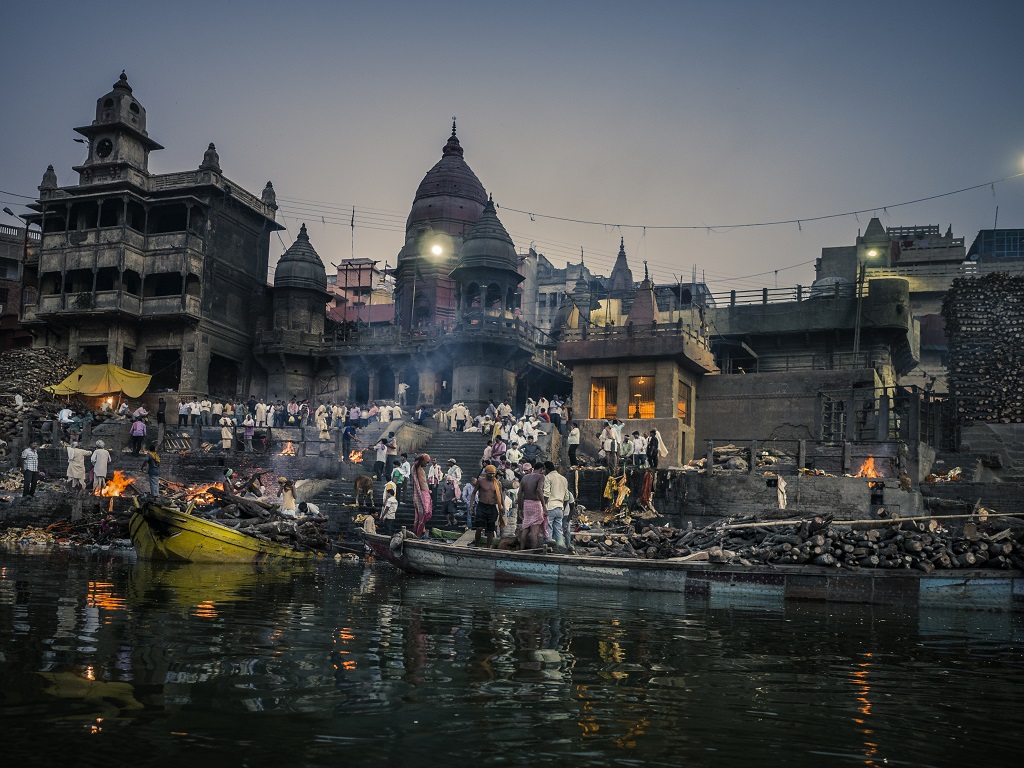
Ghats on the Ganges
The stretch of steps (ghats) leading down to the water of the Ganges is where the city is at it’ most spiritually enlightening and brilliantly colorful in imagery. Most of the approximately 80 ghats are used for spiritual cleansing and bathing, but there are several “burning ghats” where public cremation ceremonies take place. The primary cremation ghat is Manikarnika, to which you will often see funeral processions making their way. Though some travelers find the old city of Varanasi disorienting, your private guide will make the most of your touring here! The city is located along the western bank of the Ganges River and extends from the riverbank ghats in a maze of pedestrian-only galis (alleys). Aside from during and directly after the monsoon season (July to September), you may walk along all of the approximately 80 ghats. The best time to visit the ghats is at dawn and dusk when a majority of the rituals take place. At dawn, you will see pilgrims performing puja (devotional worship) to the rising sun, and at dusk, you will see the main ganga aarti (river worship ceremony) at Dashashwamedh Ghat.
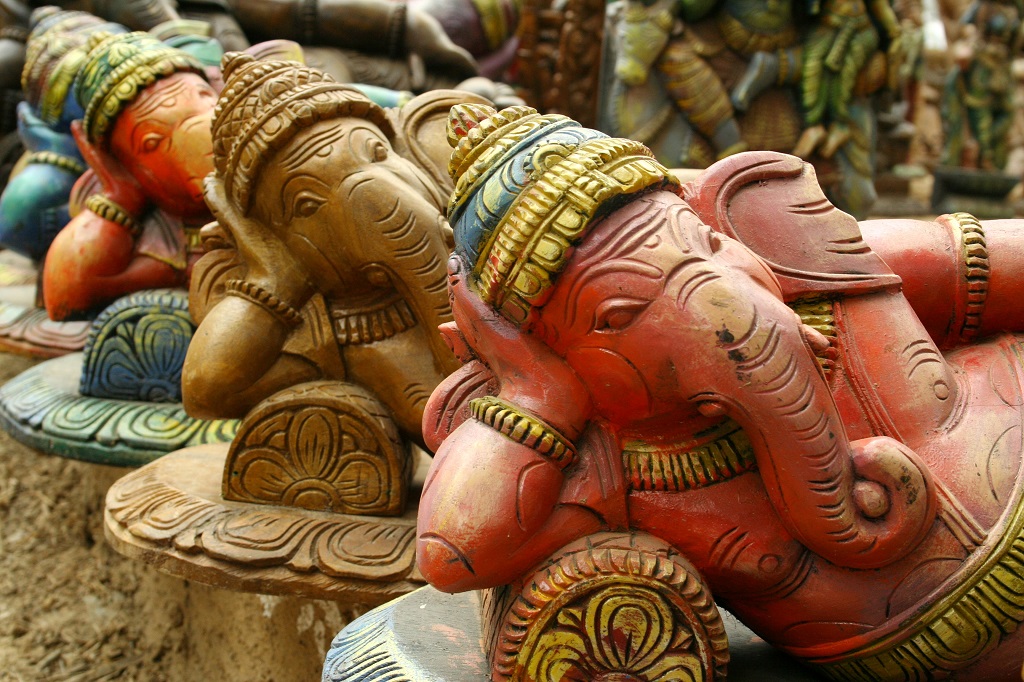
Ganesha — Our Lynch Family Favorite
Though Shiva is considered to be the most powerful and fascinating deity in Hinduism, we fully admit that Ganesha is our Lynch Family favorite! Easily recognizable as the elephant-diety riding a mouse, Ganesha is arguably the most popular Hindu God and one of the most common mnemonics for anything associated with Hinduism. The son of Shiva and Pavarti, Ganesha is depicted as having a curved trunk, big ears, and the huge, pot-bellied body of a human. He is the Lord of Success and Destroyer of Evils and Obstacles. He is also worshipped as the God of Knowledge, Wisdom & Wealth. While in Varanasi, our private guide, Manu, taught us the Ganesha Mantra:
“Om Gam Ganapataye Namaha Sharanam Ganesha” meaning, “Lord Ganesha, Son of Lord Shiva, Remover of Obstacles, who guards the doorway to the enlightened realms”
We were told to chant this mantra when you are alone in a comfortable and quiet place, so as not to be disturbed. You should make a ritual out of it and it is most beneficial after being repeated daily for at least 40 days.
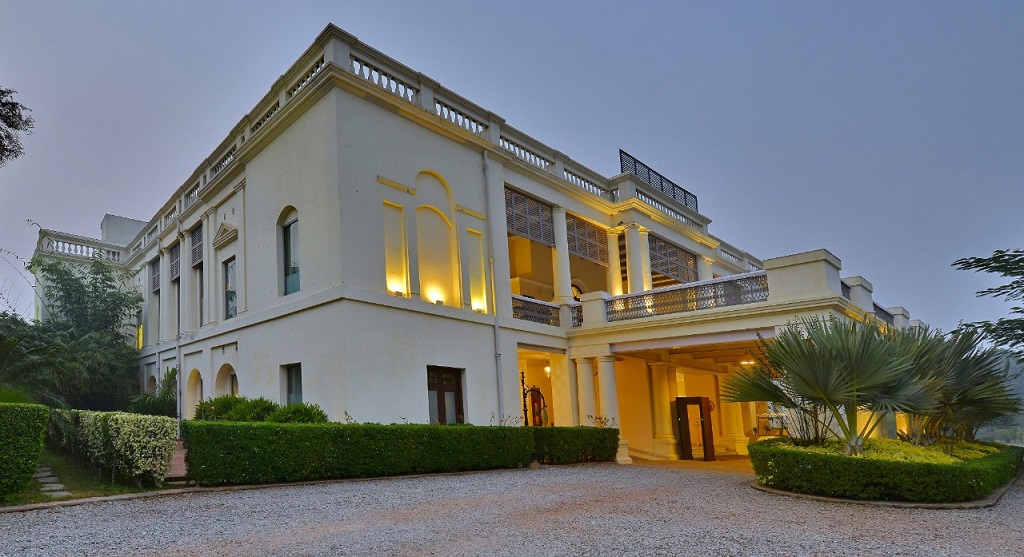
Taj Nadesar Palace
Originally built as a guest house for the British East India Company and later occupied as a former Maharaja’s palace, the 10-room, boutique Taj Nadesar Palace is truly a luxurious oasis in the midst of the chaos and noise of bustling Varanasi. The 5-star Taj Nadesar Palace’s modern amenities include flat-screen TVs, contrasting interestingly with the traditional furnishings and history of this impressive hotel, open since 1835. Each of the rooms has four-poster beds and are decorated in rich hues and artwork coming from the Maharaja’s own collection. Is special location is close to Old Varanasi and we especially enjoy the 45-acre landscaped grounds — the rose and jasmine gardens are a treat! The elaborately detailed check-in procedure at Nadesar is among the most unique we have experienced anywhere! A fun experience is taking a carriage ride along the Nadesar’s grounds, where you may learn all about the history of the hotel and Varanasi itself. Amenities here include a dining room, croquet court, fitness center, swimming pool, and a mini-golf course. Having arrived after a week-long hiking trip through Bhutan, Bev and I feel the sleep we had our first night here, to be the most blissful sleep of our lives. The seven-layer mattress certainly helped! We also experienced the newly-opened four-tent massage spa here — a relaxing retreat following our chaotic day of exploring Old Varanasi!
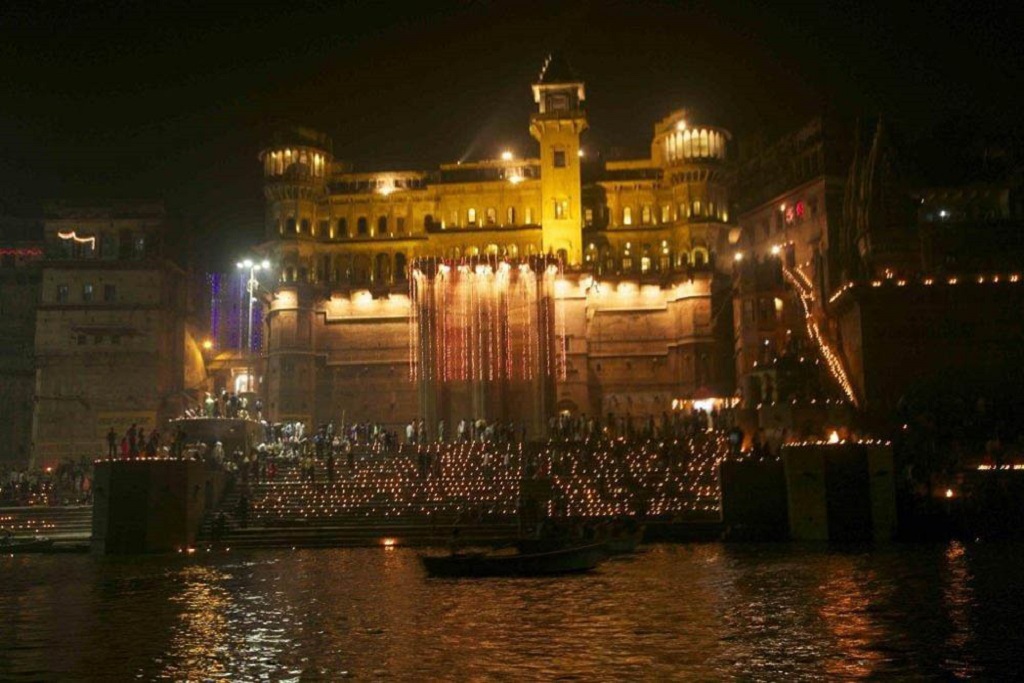
Brij Rama Palace Varanasi
Being the only luxury hotel located on the banks of the Ganges River, the 32-room Brij Rama Palace is the only other 5-star hotel option in Varanasi. Built in the 18th-century by the Royal House of Nagpur, the property has been completely renovated and updated as a legitimate luxury hotel. Though we feel the location on the river is ideal, only three of the property’s 32 rooms actually feature river views. All of the other rooms have views of nondescript buildings at the back of the hotel. Also, based on the Brij Rama’s sacred location, there is no alcohol allowed and only vegetarian meals are served. Lastly, the overwhelming amount of random steps and “mind your feet” signs throughout reflect the confining design of the property.

